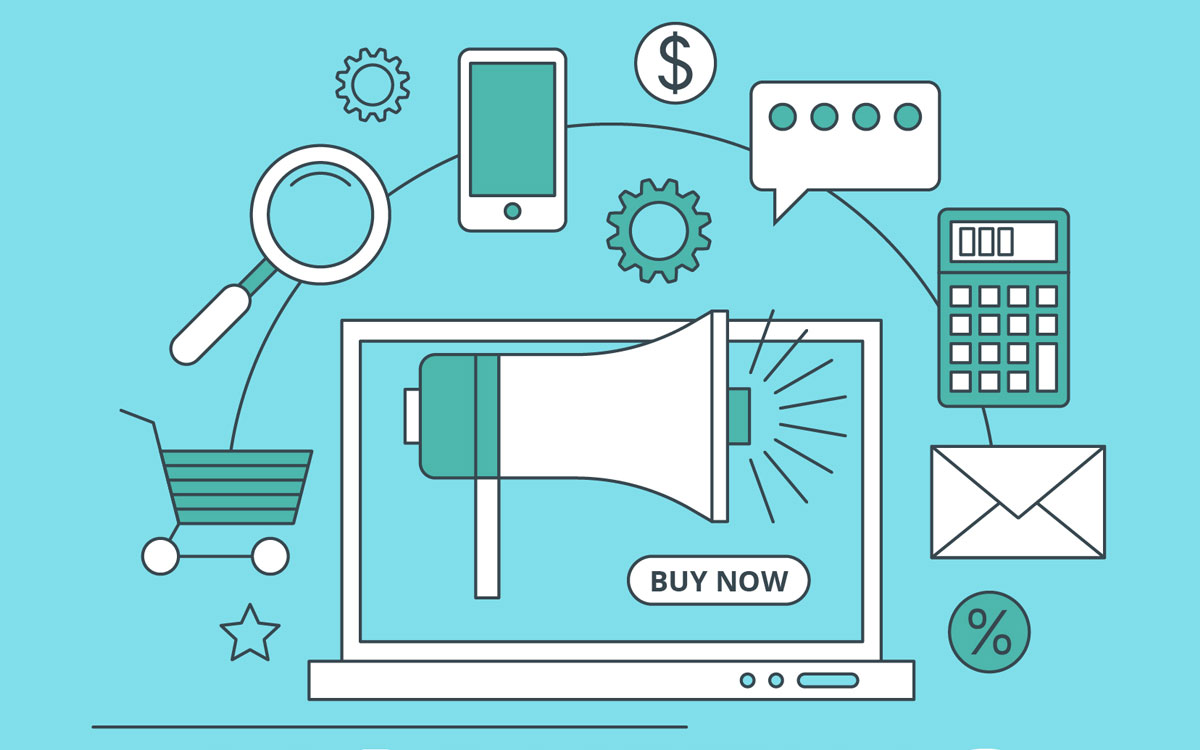
13 Apr Successful Inbound Marketing Guide
Inbound marketing is now the leading marketing approach of choice for companies and organizations of all sizes, across all industries.
By honing on prospects who are already researching and shopping for products and services, inbound marketing is different from traditional outbound marketing, which often casts a wide net in the hope of capturing leads from only a small percentage of the total audience who may actually be qualified buyers.
In contrast, inbound marketing positions a company so it can be discovered by prospects who are already qualified buyers, and also incorporates key strategies and tactics to capture leads from that audience, convert those leads into successful sales, and use those achievements to adjust future efforts and apply best practices.
How Inbound Marketing Works: A Step-by-Step Example
To understand how inbound marketing works, it is useful to walk through an example and review each step of the process.
Let us suppose you are an IT products and services company looking to build awareness of your brand, drive traffic to your website, and generate sales leads for a new product. To achieve this, you might post a blog article about your product and how it can be used to increase efficiency and reduce operating costs in certain industries.
The article incorporates keywords that prospective buyers use most frequently when searching for your product and related subject matter online.
In addition to providing helpful content and expert insights in your blog articles, you offer a detailed guide to the benefits of your technology and how to integrate it with existing businesses. This could be in the form of a video or a downloadable PDF.
You include an invitation to download the PDF or watch the video in your blog post, or landing page. On your landing page, you provide additional messages to promote the product’s benefits and the value of your content. There is also a signup form to access the video or PDF.
Once the visitor completes the form, you now have a sales lead with contact information to use for further marketing and sales efforts. This is when lead nurturing efforts and sales follow-up begin.
Nurturing, Content Marketing, and Sales Conversion
Once you have captured a lead, you may conduct a nurturing campaign and use content marketing, email marketing, and direct sales contact to convert your lead into a sale. For example, you may have an auto-responder configured to send an email to your lead, expressing thanks for visiting your site and downloading your content.
Since your prospect came to you with an interest in the content and the related product you have to offer, the lead is qualified in a way that cold call prospects or outbound marketing targets are not. This is one of the many reasons why inbound marketing is so much more efficient and cost-effective than traditional outbound marketing.
Inbound Marketing ROI Indicators and Campaign Success
Website traffic: Increasing the volume of visits your website or landing pages
Lead conversions: Converting visits to your website or landing page into sales leads
Sales conversions: Converting your sales leads into paying customers
Customer retention: Retaining your customers and converting them to repeat buyers


No Comments